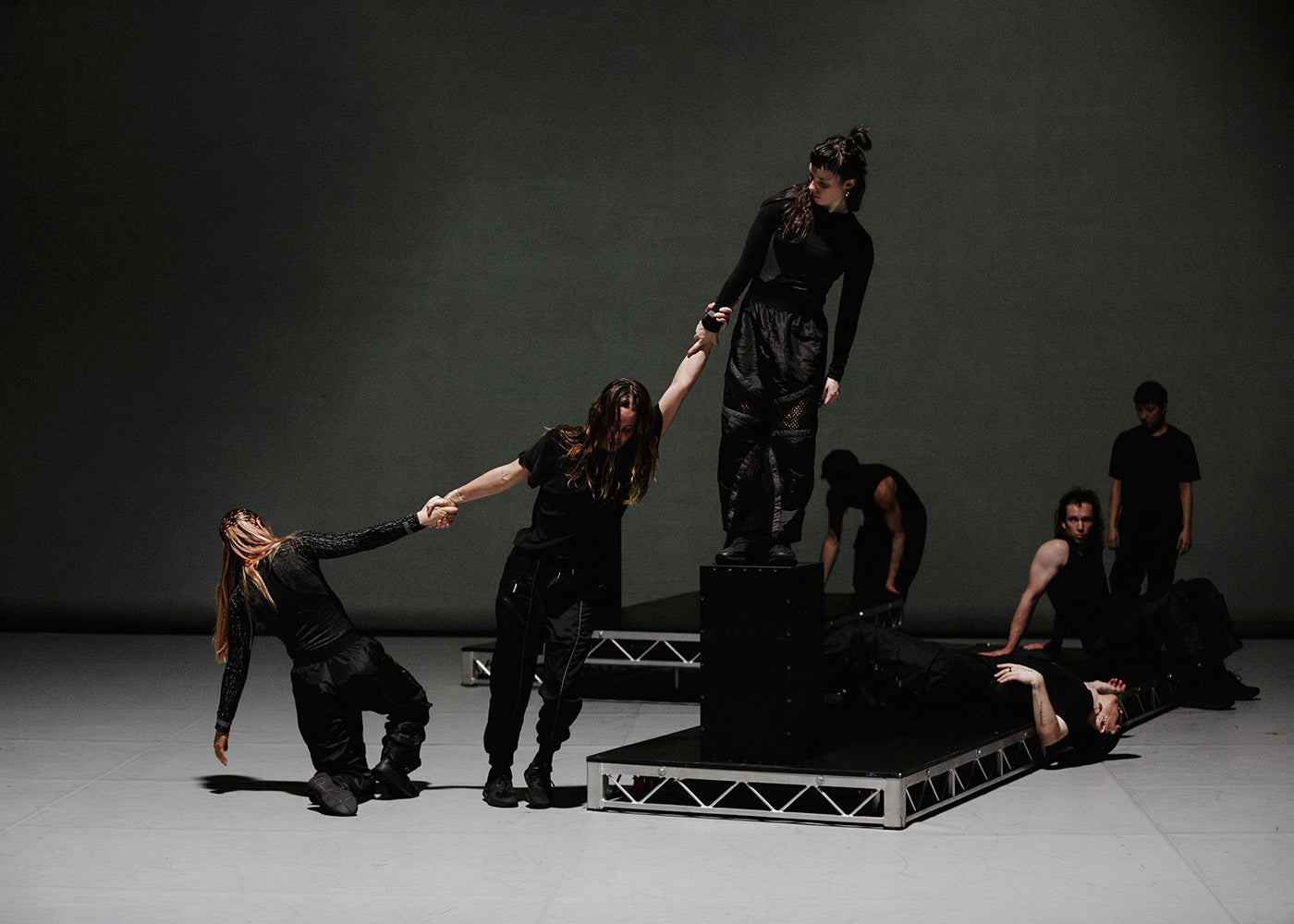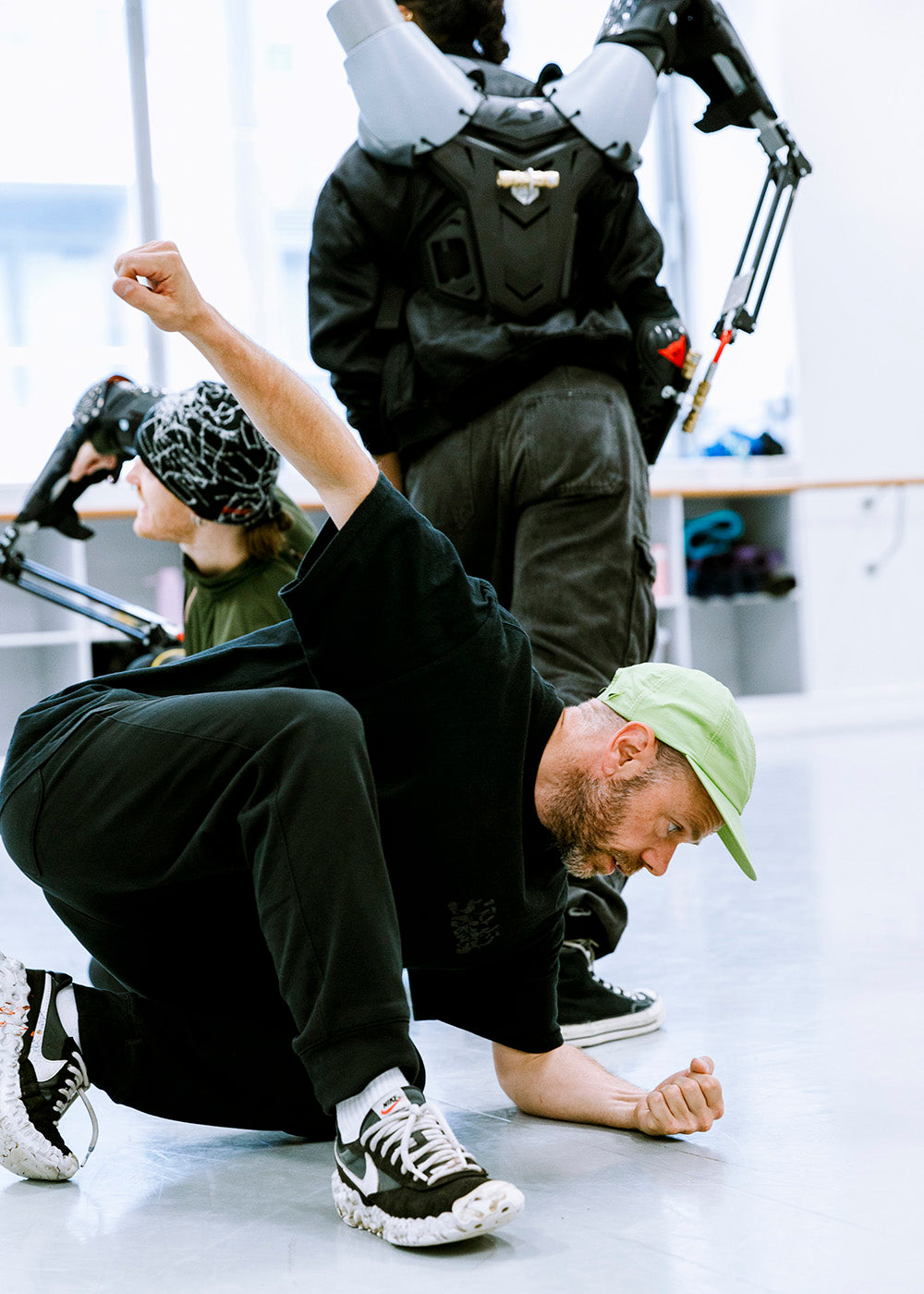Mishima’s Muse
Japan Society’s Yukio Mishima centennial series culminated with “Mishima’s Muse – Noh Theater,” which was actually three programs of traditional noh works that Japanese author Yukio Mishima adapted into modern plays.
Continue Reading
World-class review of ballet and dance.
Antony Hamilton is on the move. When he answers my Zoom call, the world-renowned choreographer is at the airport about to board a flight to London. This isn't a vacation, though: the Australian native, who is also the artistic director and co-CEO of Chunky Move, a Victoria-based contemporary dance company, is traveling with the troupe on their latest Europe and U.K. tour. Established in 1995, the company will be presenting “4/4,” Hamilton’s award-winning piece featuring a complex number counting system and street dance-inspired elements. In between announcements over the airport loudspeaker (“I think I’m leaving in twenty minutes!” Hamilton chuckles), I caught up with the choreographer about how he developed his movement practice, the distinct mathematical methodology he utilizes when choreographing, and the importance of exercising constraint in art. The UK premiere is at the Southbank Centre's Queen Elizabeth Hall on 8 - 9 November, with further shows in Brussels, Oslo, Heerlen, Porto, and Luxembourg.



“Uncommonly intelligent, substantial coverage.”
Your weekly source for world-class dance reviews, interviews, articles, and more.
Already a paid subscriber? Login

Japan Society’s Yukio Mishima centennial series culminated with “Mishima’s Muse – Noh Theater,” which was actually three programs of traditional noh works that Japanese author Yukio Mishima adapted into modern plays.
Continue ReadingThroughout the year, our critics attend hundreds of dance performances, whether onsite, outdoors, or on the proscenium stage, around the world.
Continue ReadingOn December 11th, the Alvin Ailey American Dance Theater presented two premieres and two dances that had premiered just a week prior.
Continue ReadingThe “Contrastes” evening is one of the Paris Opéra Ballet’s increasingly frequent ventures into non-classical choreographic territory.
Continue Reading
comments